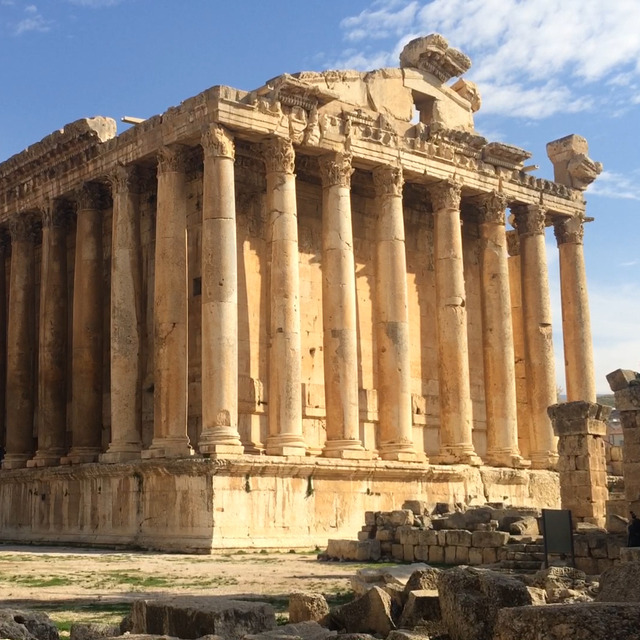
Day 1 : Beirut
Arrive into Beirut airport where you will be met by your Travel The Unknown representative and transferred to your hotel. Evening free to relax.
Overnight in The Parisian Hotel, Beirut
Meal plan: n/a
Culture | Archaeology | Silk Road
Discover ancient history, archaeology & architecture
Home to some of the Middle East’s most ancient archaeological sites, Lebanon has a rich and varied heritage which has stood the test of time. Discover the birthplace of the modern alphabet at Byblos, and marvel at the stunning Roman complex of Baalbek. Explore the Sea-Castle of Sidon, wander through the ruins of Ancient Tyre and marvel at the Temple of Eshmoun, as you uncover the secrets of this desert-swept land.
Beirut - Jeita Grotto - Faqra - Byblos - Baalbek - Anjar - Sidon - Tyre - Eshmun

Arrive into Beirut airport where you will be met by your Travel The Unknown representative and transferred to your hotel. Evening free to relax.
Overnight in The Parisian Hotel, Beirut
Meal plan: n/a
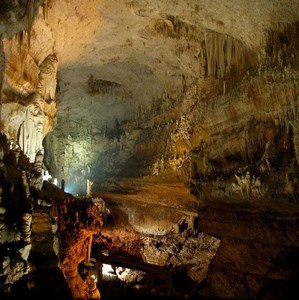
After breakfast, spend the entire day sight-seeing in and around Beirut. Start your day with a visit to Harissa where you will take the cable car up the mountain to the Shrine of Our Lady of Lebanon. Later visit the caves at Jeita before returning to Beirut where you will continue with a city tour. Drive to the downtown district to see the huge reconstruction project-taking place to create a new commercial and residential complex. On starting this project it was discovered that the capital is standing atop the site of a very ancient settlement going back at least 5,000 years. Recent excavations have uncovered important archaeological sites from Cananite, Phoenician, Persian, Roman, Byzantine, Omayyad, Abbassid, Crusader, Mamluke and Ottoman eras. The 1.80 sq. kilometers reconstruction project includes new buildings but constructed in the traditional style, besides hundreds of old structures that have been restored and renovated to their original shapes, including Beirut’s souks and historical mosques and churches. Later proceed to Corniche road and take a short walk in the favourite promenade of many Beirutis. Return to your hotel and spend the evening at your leisure.
Overnight in The Parisian Hotel, Beirut
Meal plan: Breakfast
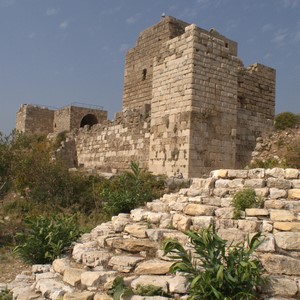
After breakfast, visit the ruins of Faqra and Mashnaqa before continuing to the ancient wonder of Byblos, to explore the site. Return to Beirut for an overnight stay.
Overnight in The Parisian Hotel, Beirut
Meal plan: Breakfast
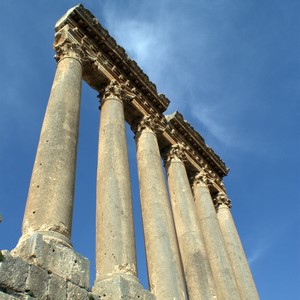
After breakfast, depart to visit the historic cities of Baalbek and Anjar. Overnight in Beirut.
Overnight in The Parisian Hotel, Beirut
Meal plan: Breakfast
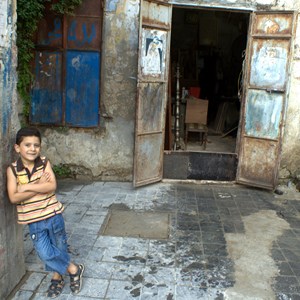
Journey to visit the archaeological site of Sidon, stopping first to visit the Temple of Eshmun. Continue to Tyre for a visit of the town. Return to Beirut for overnight.
Overnight in The Parisian Hotel, Beirut
Meal plan: Breakfast
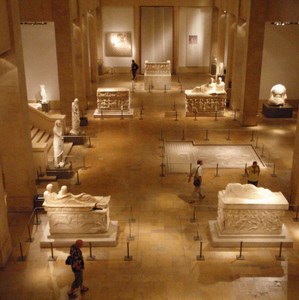
After breakfast in the hotel, make a leisurely visit to the National Museum of Beirut, followed by a trip to the American University of Beirut (AUB), where you will visit the their museum. The AUB Archaeological Museum, founded in 1868, is the third oldest museum in the region, after Cairo and Constantinople. It is a regional Museum with collections from 7 countries Lebanon, Syria, Cyprus, Egypt, Palestine, Iraq, and Iran. The Museum was renovated in 1999 and reopened to the public in 2006
Overnight in The Parisian Hotel, Beirut
Meal plan: Breakfast

After breakfast you will be taken to Beirut International Airport for your return flight home.
Meal plan: Breakfast
All accommodation subject to availability. Final accommodation choices will be confirmed after booking.

Located a short walk from Beirut’s Mediterranean coastline, just 2km from the city centre’s many cultural sites, and a 15-minute drive from Rafic Hariri International Airport, The Parisian Hotel is conveniently situated to accommodate a range of desires. The hotel’s 46 guestrooms feature modern, homely décor, all modern amenities, a full en-suite with bath and a balcony with cityscape or sea views. During their stay, guests may also enjoy extensive dining options in The Parisian's John Posh Café and a range of convenient services including 24-hour reception and car rental.
Learn recipes, sample delicious mezze and sip on fine wines
Discover Lebanon's panoramic ridges and isolated monasteries by foot
Explore Lebanon's spectacular sinkholes and cave complexes
Experience Lebanon's lofty ski slopes or try your hand at snowshoeing
Roman sites, rich culture and cedar forests
Ancient ruins, natural wonders and the hidden treasures of Lebanon
Discover the flavours of the Levant
Discover ancient history, archaeology & architecture
Discover Phoenician history, sublime ruins & fine wine
Hike through the verdant and historic Qadisha valley
Mary , Hiking the Holy Valleys, LebanonThe Qadisha Valley is a beautiful and fascinating place. The night in the monastery was a highlight for me although both the other home stay nights were equally enjoyable in their own way. Danielle made me feel particularly welcome and my guides looked after me very well throughout.
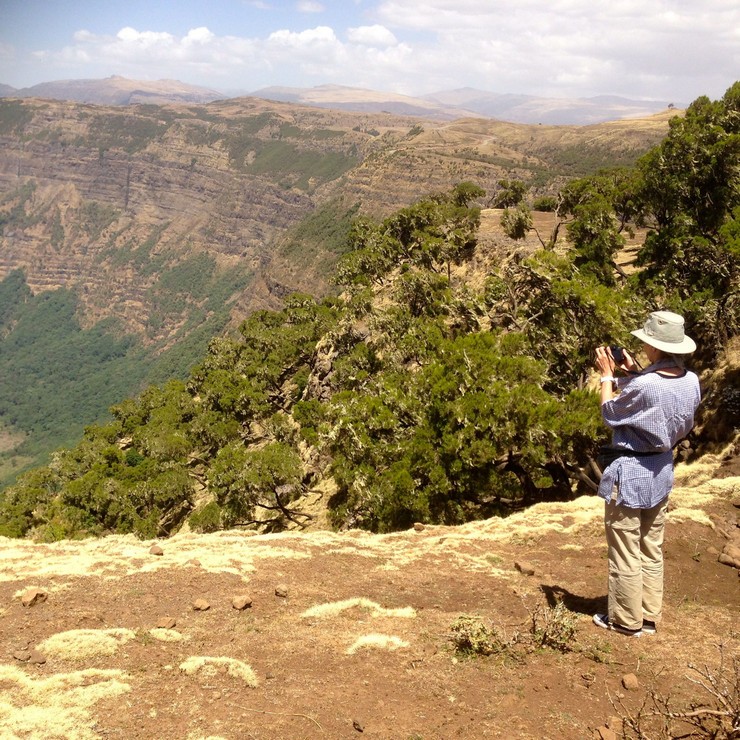
Joanne Hyde , Essential LebanonGreat mixture of everything. Of all the places we visited, Byblos is a lovely town with great restaurants. Also, the lunch at the Eco place in the Bekka valley was stunning. While it was expensive, Lebanon is an expensive country and we saw more than we could possibly have seen by ourselves. Best holiday in a long while. Travel The Unknown were flexible and professional to deal with and put together a trip for us that was one of the best holidays in years. Would definitely consider Travel The Unknown again for future trips.
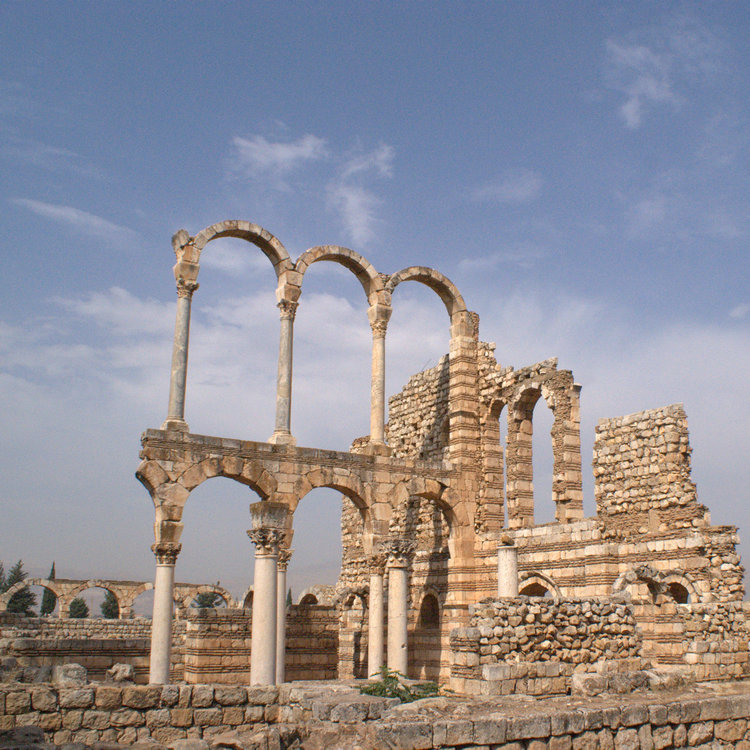
Charles Harpum , Essential LebanonThe trip to Lebanon was first class in every way. In the four full days of the tour, we saw all the main sights in the country and some extras were thrown in. The guide and driver were outstanding. The accommodation was good and the food was absolutely superb.

Chris Thompson , Lebanon ExplorerThe Lebanon Explorer visit was a pleasure from start to finish. From a personal and friendly approach to booking to the seamlessly organised and well paced itinerary, the trip was highly memorable. Our guide was always ready to help us to understand the complexities of everyday life in Lebanon as well as providing entertaining information on the rich historical and archaeological sites. For me, the best part was that I didn't feel rushed.
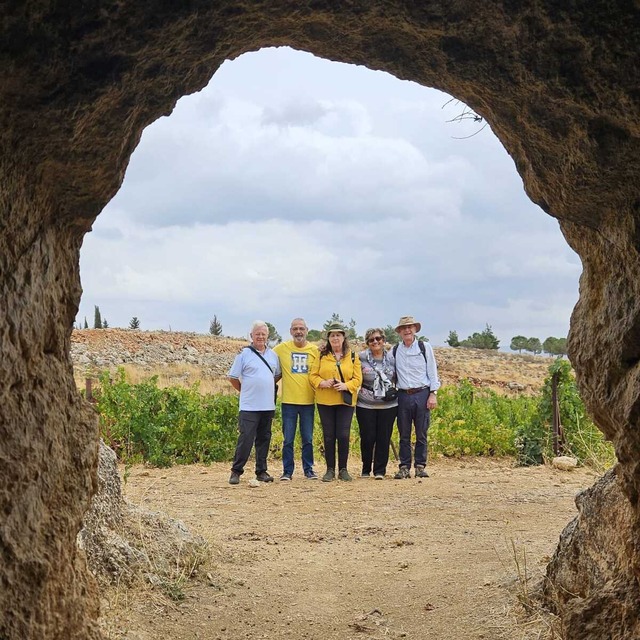
Andrea Nutter , Tailormade LebanonTravel the Unknown is now our travel company of choice. It is really easy to deal with Rahul, the destinations offered are very comprehensive and all aspects of the trips are carefully chosen - itinerary, accommodation, meals etc. Our guides have been superb. They are knowledgeable, helpful, friendly and always happy to suggest tweaks to enhance the experience. The drivers are equally good and willing to go the extra mile - literally too. All in all, a first class company.

Robert Williams , Lebanon ExplorerMost of my 40 years of travelling across the globe has been independent travelling with the occasional exception. My recent organised tour of Lebanon with Travel The Unknown was excellent a diverse and great trip. It was a great way of seeing such a small and wonderfully diverse country in a short time, a truly great place!! Rahul and his team were responsive, knowledgeable and a real pleasure to do business with them. The local guide was excellent and the driver friendly and helpful. I strongly recommend them if they travel to a country you want to see albeit do not want the effort, hassle and planning to travel independently.
